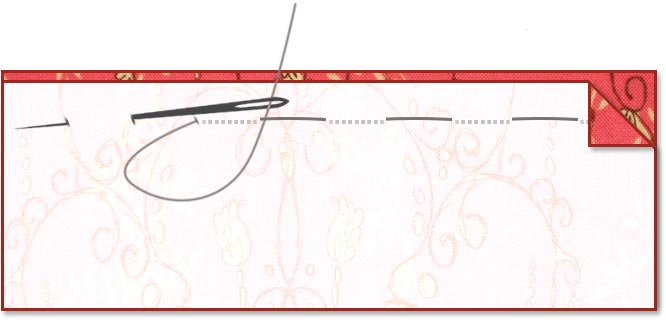In sewing, a seam is the join where two or more layers of fabric, leather, or other materials are held together with stitches. Seams can be classified by their type (plain, lapped, abutted, or French seams) and position in the finished garment (center back seam, inseam, and side seam). Seams are finished with a variety of techniques to prevent raveling of raw fabric edges and to neaten the inside of garments.
Basic types of seams:
- Plain seams
- French seams
- Flat or abutted seams
Plain Seam
A plain seam is the most common type of machine-sewn seam. It joins two pieces of fabric placed face to face well aligned, by sewing through both pieces, leaving a seam allowance with raw edges inside the work.
This seam is also known as closed and open seam depending on how the seam allowance is dealt with. They are essentially sewn in the same way. It is always important to plan the best seam finish before you finish the pattern so that you can ensure that you have left yourself enough space.
Basic Steps:
- Take two pieces of fabric and place them with right sides together, so that the edges and small seam allowance notches match up.
- Sew the two pieces of fabric together from the notch and parallel to the edge of the fabric. If you have a 1cm seam allowance then your stitching line will be 1cm away from the edge of the fabric.
- Unfold the two pieces away from each other so that the right side of the fabric is faced down and the stitching line runs down the centre. From this point you can go either way with your seam finish, you can either have it closed or open.
– For Closed seam – Press the seam allowance to one side.
– For Open seam – Press down the center of the seam allowance so that the seam allowance goes equally to either side.
